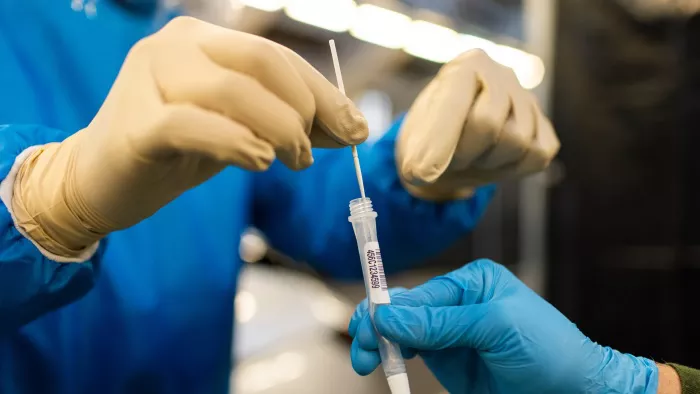In a significant projection that has caught the attention of the pharmaceutical industry, the market for ziprasidone hydrochloride active pharmaceutical ingredient (API) is set to surge to an impressive $1.5 billion by 2032. This forecast underscores the growing importance of this key compound in the treatment of various mental health disorders and signals a potentially lucrative opportunity for stakeholders across the pharmaceutical supply chain.
Ziprasidone hydrochloride is an essential API used in the formulation of medications designed to manage schizophrenia and bipolar disorder. These mental health conditions affect a substantial portion of the global population, with an increasing prevalence rate in recent years. As more people seek effective treatment options, the demand for medications containing ziprasidone hydrochloride is on the rise, driving the growth of the API market.
Several factors are contributing to this anticipated market expansion. Firstly, advancements in medical research and a better understanding of mental health disorders have led to increased diagnosis rates. With more patients identified, there is a corresponding higher need for treatment, thereby boosting the consumption of ziprasidone – based drugs. Additionally, the aging population in many developed countries is more prone to mental health issues, further fueling the demand for effective medications and, consequently, the API.
Another crucial factor is the growing focus on improving patient outcomes and quality of life. Ziprasidone hydrochloride – based medications have shown promising results in clinical trials, offering effective symptom management with relatively fewer side effects compared to some older antipsychotic drugs. This has made them a preferred choice for many healthcare providers, driving up the prescription rates and ultimately the demand for the API.
The pharmaceutical manufacturing landscape is also evolving, with more companies vying to enter the ziprasidone hydrochloride API market. Increased competition is likely to spur innovation in production processes, leading to cost – effective manufacturing methods. This, in turn, could make the API more accessible, potentially expanding the market even further.
However, the market also faces certain challenges. Stringent regulatory requirements for the production and quality control of APIs pose significant hurdles for manufacturers. Ensuring compliance with international standards such as Good Manufacturing Practices (GMP) demands substantial investments in infrastructure and quality assurance systems. Moreover, the availability of raw materials required for the synthesis of ziprasidone hydrochloride can be unpredictable, which may impact production schedules and costs.
As the projected 2032 deadline approaches, industry players are closely monitoring the ziprasidone hydrochloride API market. Pharmaceutical companies are investing in research and development to enhance their manufacturing capabilities and secure a larger share of this burgeoning market. At the same time, regulatory bodies are working to strike a balance between ensuring product safety and facilitating the growth of the API market to meet the increasing healthcare needs. The journey towards the $1.5 billion milestone for the ziprasidone hydrochloride API market is set to be a dynamic one, filled with both opportunities and challenges that will shape the future of the pharmaceutical industry.
Related topics:


































